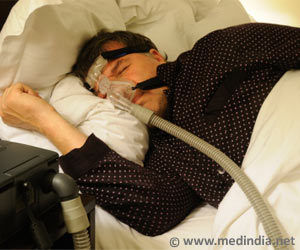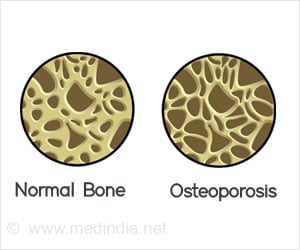Sleep apnea affects more than 18 million American adults, that is linked to cardiovascular disease, diabetes, depression and memory loss.

‘Dentists may play a significant role in identifying and treating patients with sleep-related disorders such as obstructive sleep apnea (OSA).
’





The research found that oversized tonsils and tongue indentations, which are teeth imprints along the tongue that indicate it is too large for the mouth, placed people at high risk for OSA. Obese patients were almost 10 times more likely to report OSA symptoms than non-obese patients. Sleep apnea affects more than 18 million American adults, but many cases go undiagnosed, according to the National Sleep Foundation. Severe cases of the disorder are linked to cardiovascular disease, diabetes, depression, memory loss and more.
Although dentists cannot diagnose the disorder, they can spot an enlarged tongue or tonsils and recommend a patient to a sleep medicine specialist.
"Dentists see into their patient's mouths more than physicians do and the signs are easy to identify," says Al-Jewair, clinical assistant professor in the UB School of Dental Medicine.
"We need to teach students about this condition before they get out in the field and educate dentists about the major role they play in identifying and treating patients with sleep-related disorders."
Advertisement
Analyzing 200 patients at the dental clinics at the University of Dammam's College of Dentistry in the Kingdom of Saudi Arabia, the researchers tested participants for OSA using the Berlin Questionnaire, a validated assessment used to screen people for OSA.
Advertisement
The results found that 23 percent of participants were at risk for OSA, of which nearly 80 percent were male.
The factors most common among people who were identified as high risk for OSA on the Berlin Questionnaire - along with obesity - were large tonsils, tongue indentations and a high Epworth Sleepiness Scale score, another questionnaire used to measure daytime sleepiness.
Future research will expand the sample size to include various age groups and monitor participant sleep overnight to confirm the prevalence and severity of OSA, says Al-Jewair.
Additional investigators include Mohammed Nazir, lecturer, and Naif Al-Masoud, assistant professor, both at the University of Dammam, and Nasser Alqahtani, assistant professor at King Saud University.
Source-Newswise















